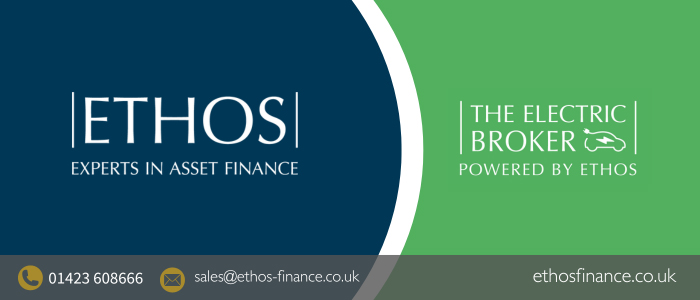The statement “EV repair costs are 2.5 times more expensive than ICE vehicles” cannot be definitively categorised as true or false without additional context. Repair costs for electric vehicles (EVs) compared to internal combustion engine (ICE) vehicles can vary depending on several factors, including the type and extent of damage, the specific make and model of the vehicle, availability of replacement parts, labour rates, and regional differences.
For fleets and professional drivers, understanding these nuances is critical to evaluating the real impact of repair costs on operations.
While it’s true that certain components of EVs, such as battery packs and advanced electronics, can be more expensive to repair or replace than those in ICE vehicles, other factors may offset these costs. EVs have fewer moving parts in their drivetrains, potentially reducing maintenance and repair needs over time. For example, professional drivers or fleet managers may notice fewer breakdowns or lower wear-and-tear expenses compared to ICE vehicles. Additionally, insurance rates, subsidies, and incentives specific to EVs can influence the overall cost of ownership and repair, creating opportunities for cost savings in the long term.
Therefore, the statement oversimplifies a complex issue and may not accurately reflect the full range of factors affecting repair costs for EVs versus ICE vehicles.
Advertisement
In addition to the factors mentioned earlier, it’s important to consider the evolving nature of the electric vehicle market and its impact on repair costs. As EV technology advances and becomes more mainstream, economies of scale may drive down the cost of components and repair services over time. As the EV market evolves, collaboration between repair networks and manufacturers will likely drive innovation, creating cost-effective repair solutions tailored to meet growing demand from Fleets.
Advancements in repair techniques, diagnostic tools, and aftermarket solutions tailored specifically for EVs may also enhance the affordability and accessibility of repairs. For instance, third-party repair networks specialising in electric vehicle maintenance could emerge, offering competitive pricing and innovative solutions to address repair needs efficiently. Such developments would be particularly relevant to fleets managing multiple EVs, where downtime and repair costs significantly impact profitability.
Additionally, government initiatives and regulations aimed at promoting EV adoption and supporting the development of associated infrastructure may indirectly influence repair costs. Subsidies, tax incentives, and funding for research and development in the EV sector can stimulate innovation, lower production costs, and ultimately reduce repair expenses for businesses and professional drivers. For instance, efforts to increase the availability of certified EV repair technicians and establish standardised repair practices can further bring down costs.
For transport professionals, it is also worth factoring in the Total Cost of Ownership (TCO). While some EV repairs may seem costly in the short term, lower fuel costs, reduced routine maintenance requirements, and increasing vehicle lifespans are reshaping the economics of fleet management.
Overall, while it’s true that electric vehicle repair costs may currently be perceived as higher compared to internal combustion engine vehicles in certain cases, ongoing technological advancements, market dynamics, and supportive policies have the potential to mitigate this difference in the long term. This is particularly relevant for fleet operators and transport professionals seeking to integrate sustainability goals with cost-effective operations.
Reach out today to experience our services for yourself.
For more information, contact Charlotte Simonek at: [email protected] or 07792 732566.
Advertisement
















